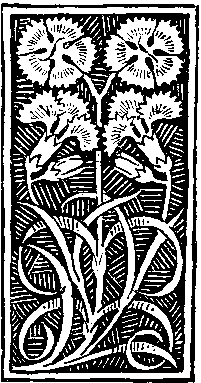The Aesthetics of Filth in Sweet Thames, The Great Stink and The Crimson Petal and The White
Keywords:
Clare Clark, The Crimson Petal and the White, Michel Faber, filth, The Great Stink, Matthew Kneale, neo-Victorian London, Sweet ThamesAbstract
Matthew Kneale’s Sweet Thames (1992), Clare Clark’s The Great Stink (2005) and Michel Faber’s The Crimson Petal and The White (2009) are seemingly based upon a series of textual, cultural and sensorial oppositions: morality vs. immorality, respectability vs. crime, health vs. illness, perfume vs. stink. Nevertheless, these three novels call these antitheses into question by reflecting on the cultural construction of the paradigms of ‘dirt’ and ‘filth’, in all their declinations. According to anthropologists and cultural theorists, such as Mary Douglas and William Cohen, ‘dirt’ and ‘filth’ may be defined and approached as a ‘matter out of place’ that opposes social order and conventions, disrupting assumed hierarchies. In this respect, Sweet Thames, The Great Stink and The Crimson Petal and The White question traditional Victorian notions of bodily and moral purity (and impurity) on multiple levels. At the centre of these novel lies mid to late nineteenth-century London, the city of dreadful delight whose fight against filth was marked by ambiguities and paradoxes.


